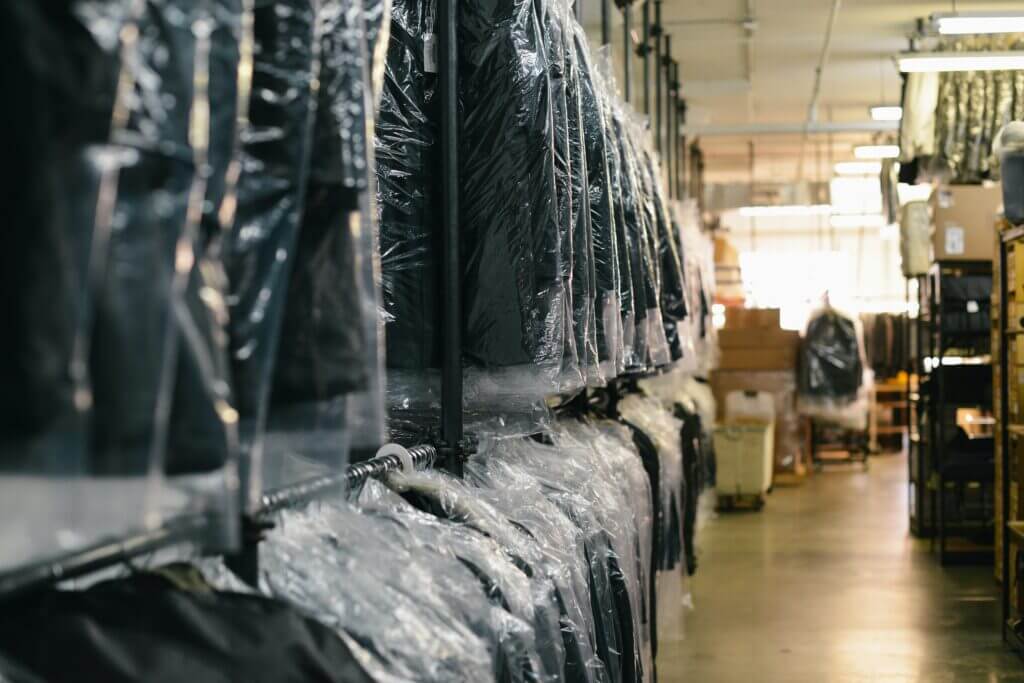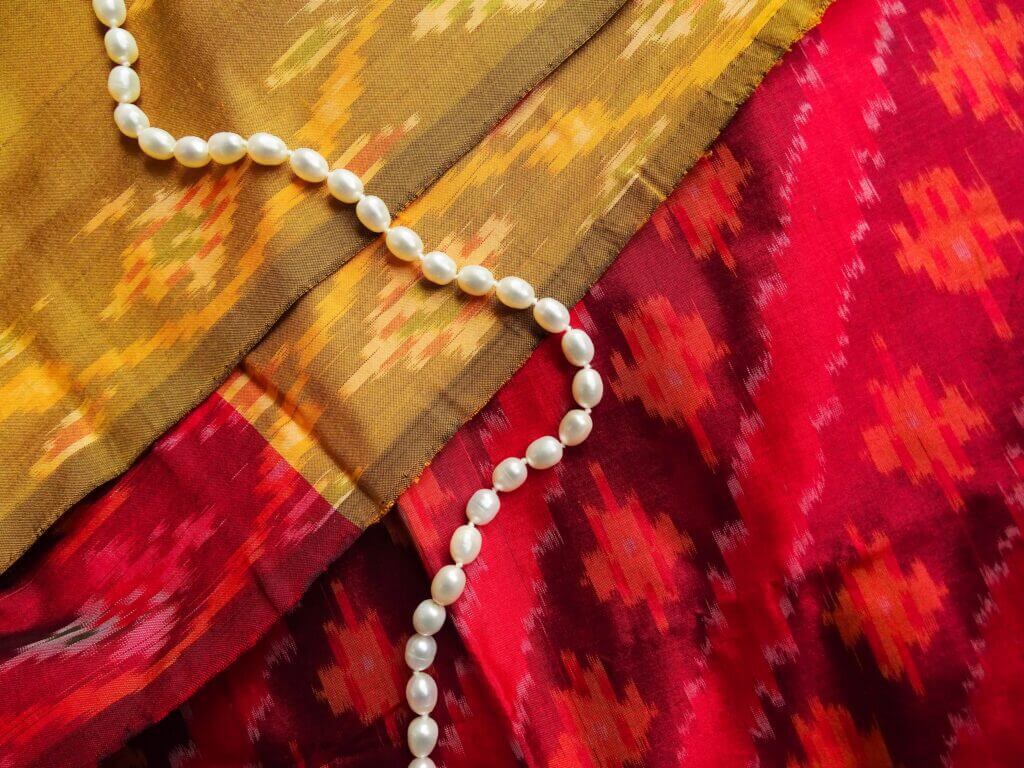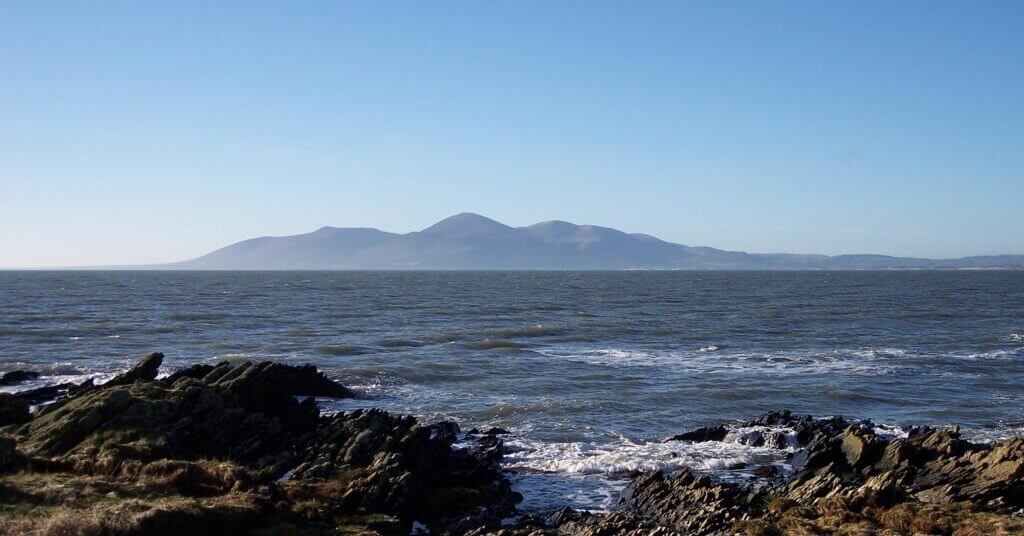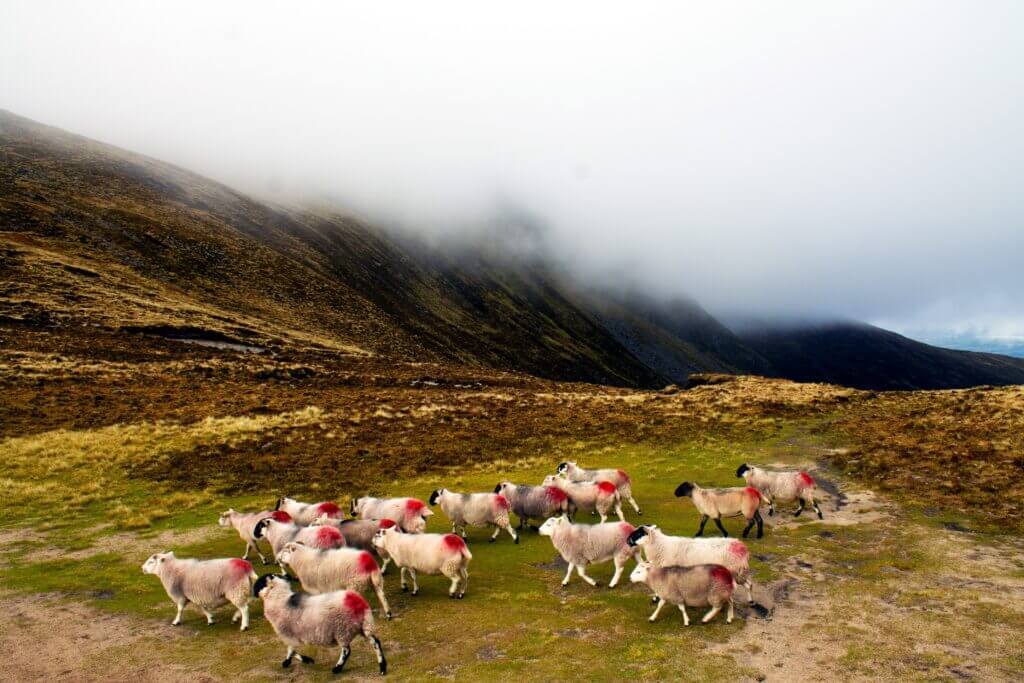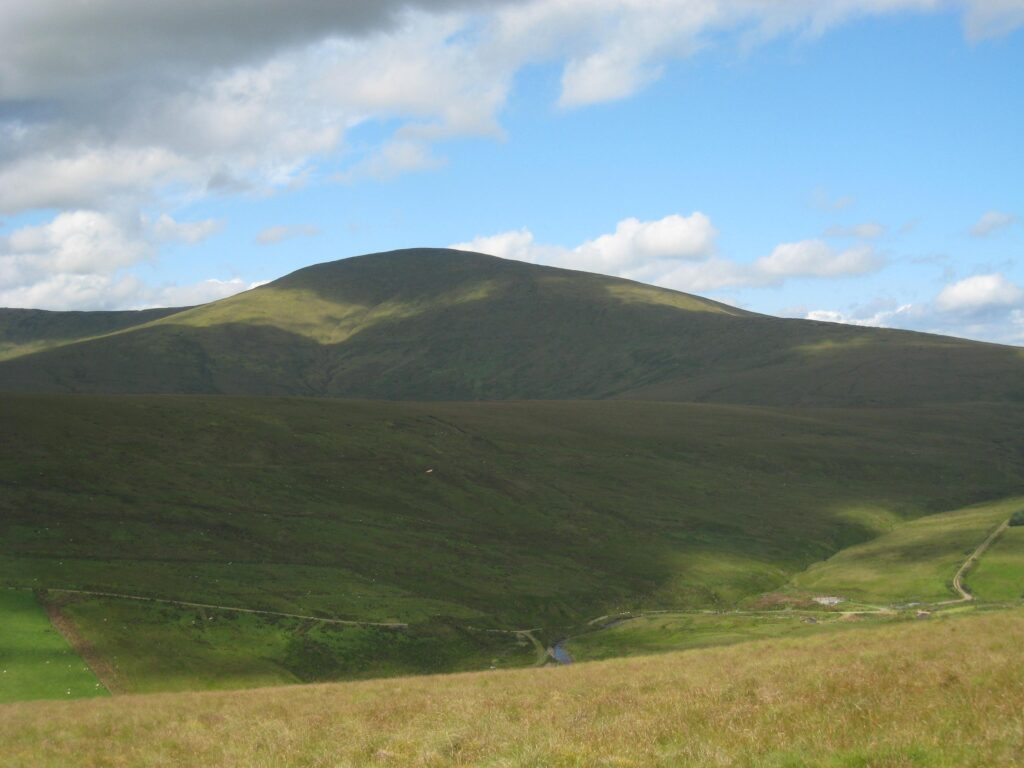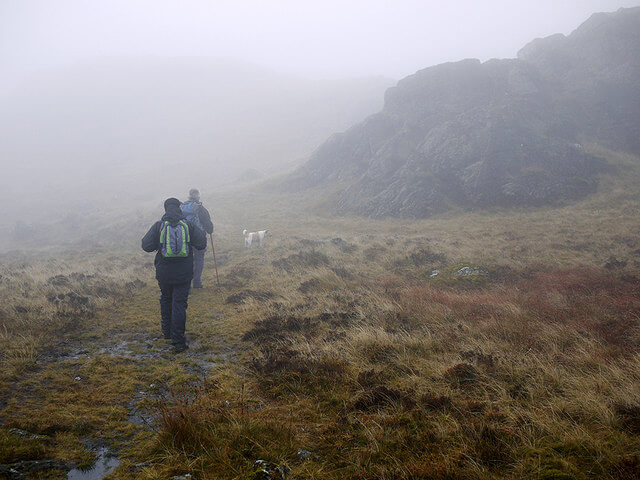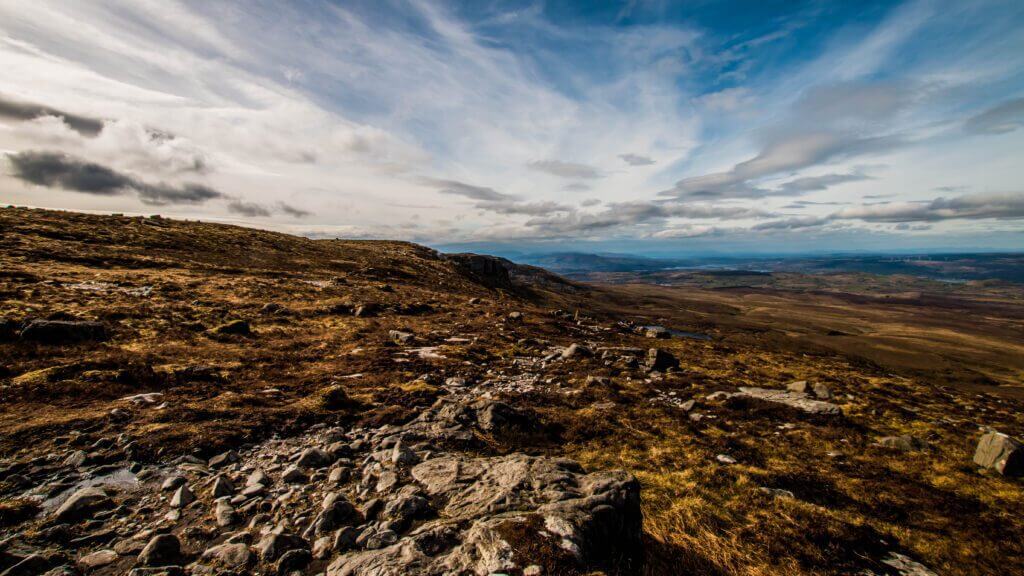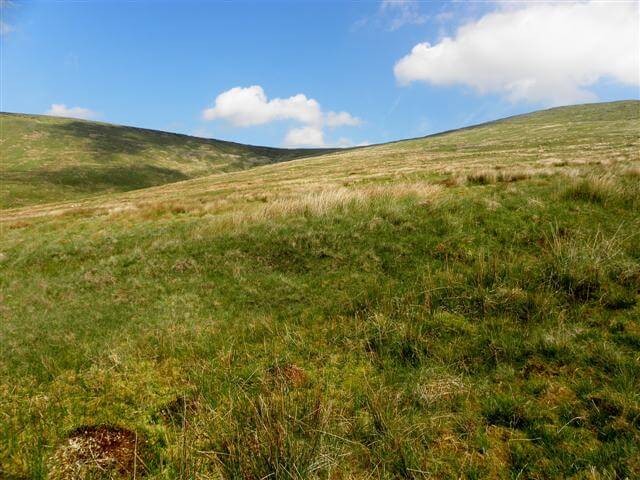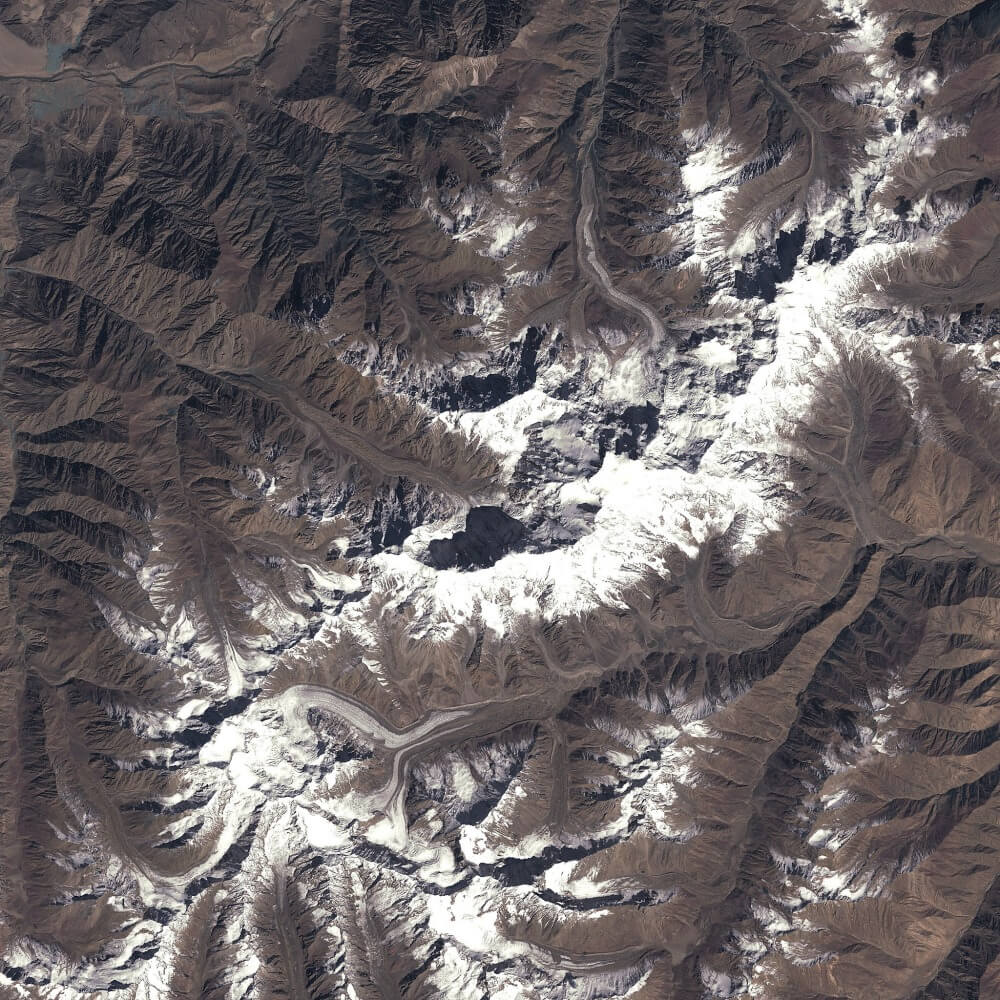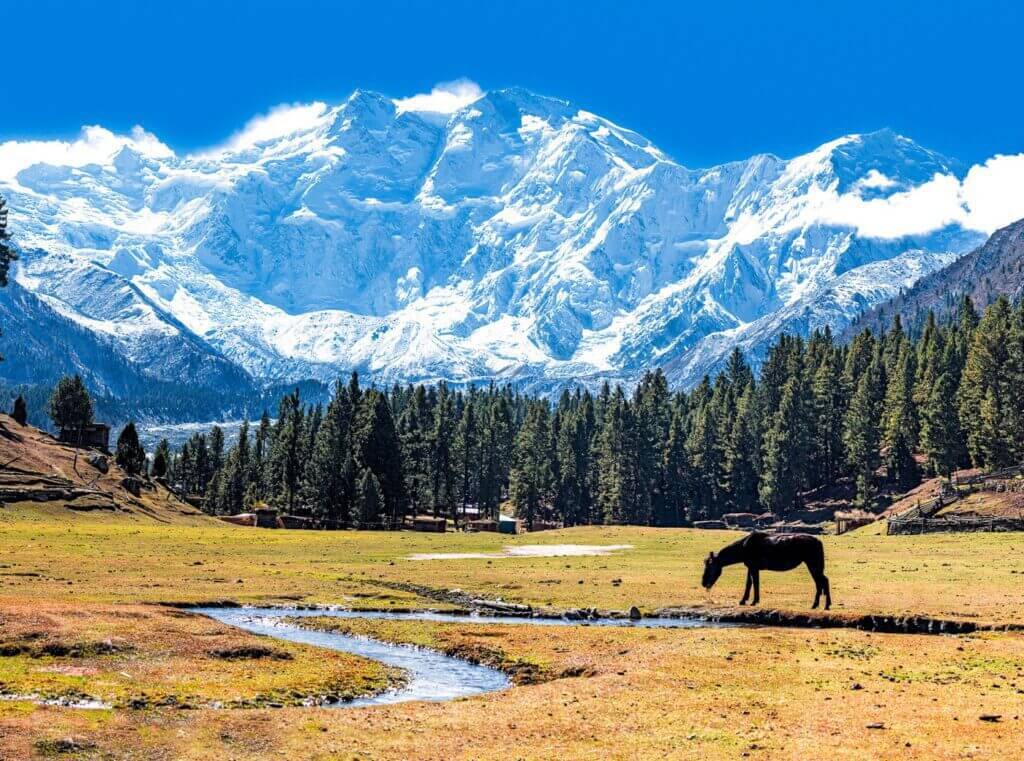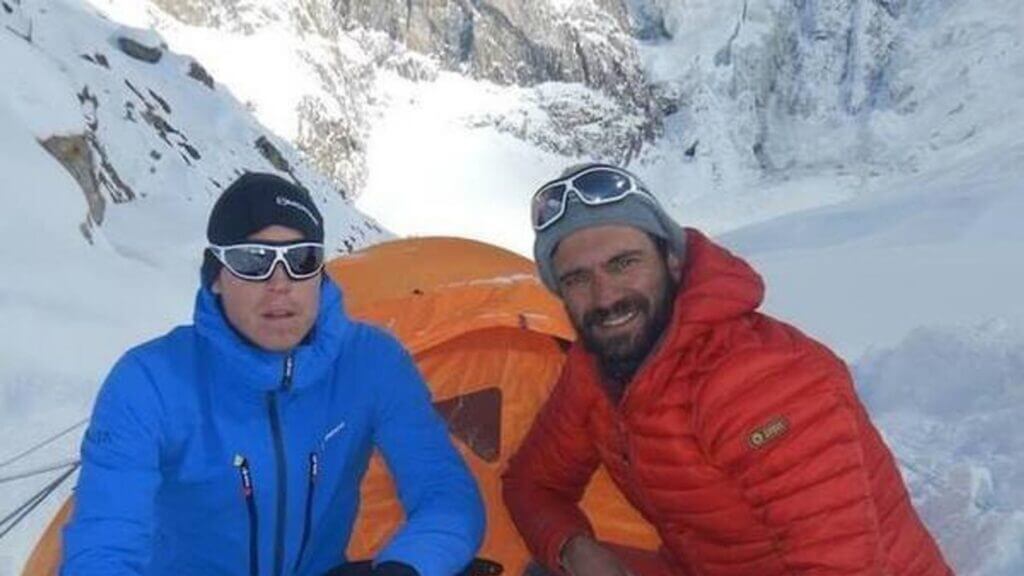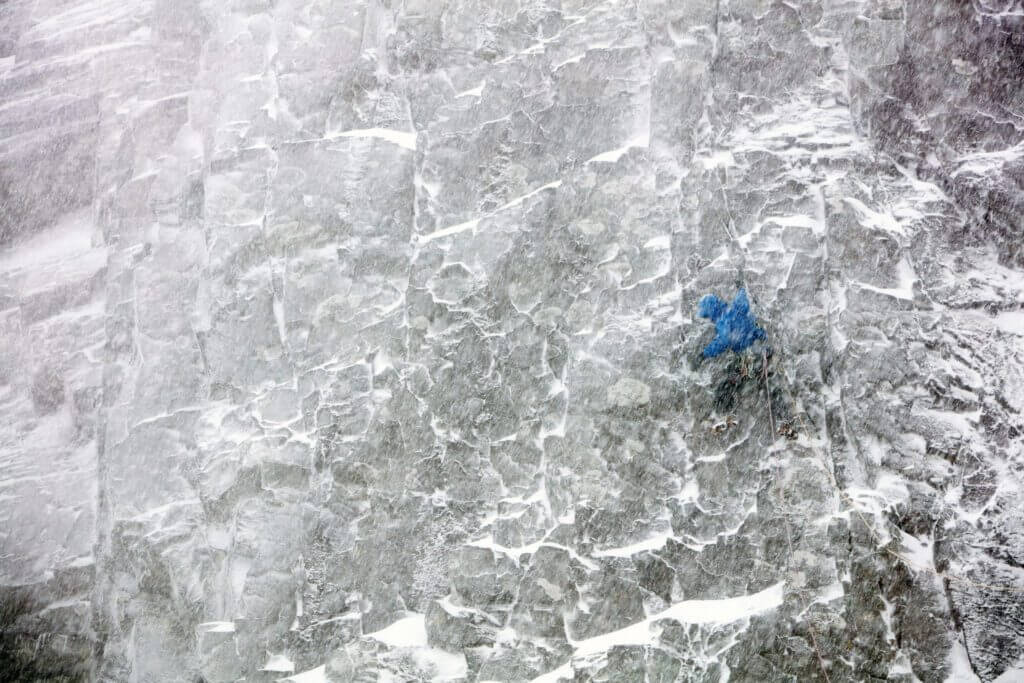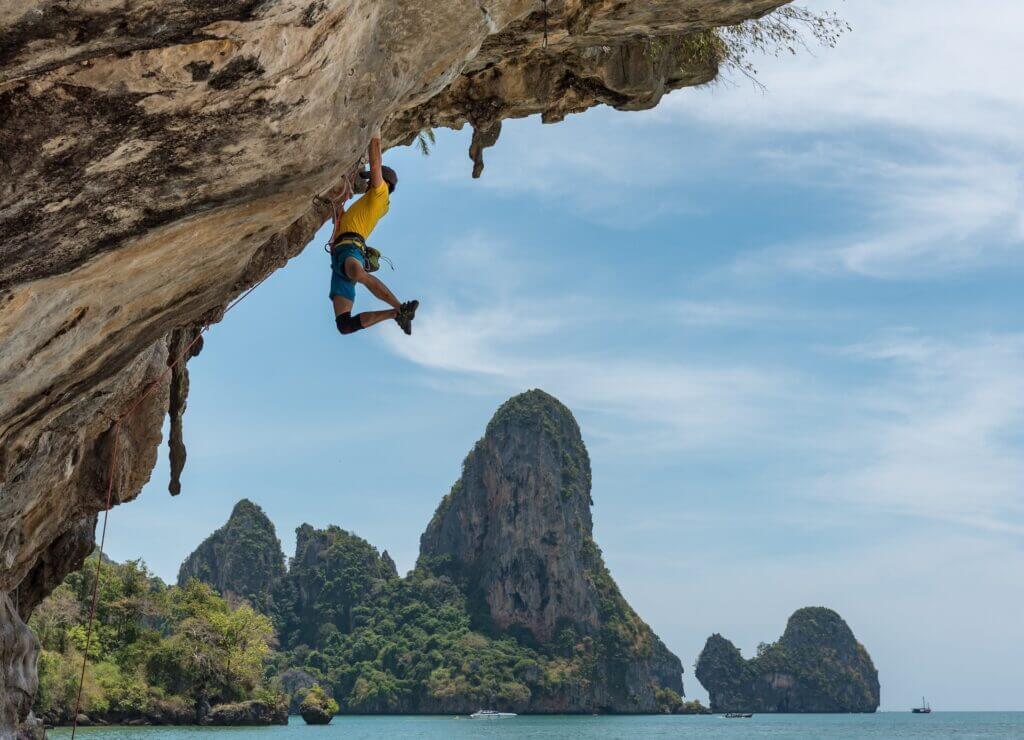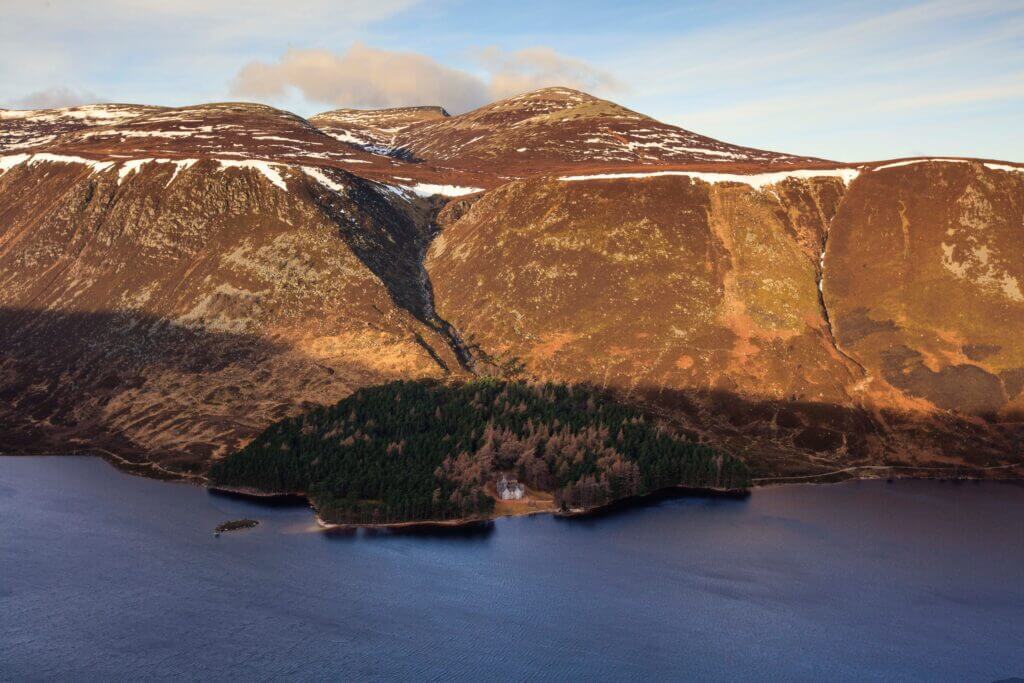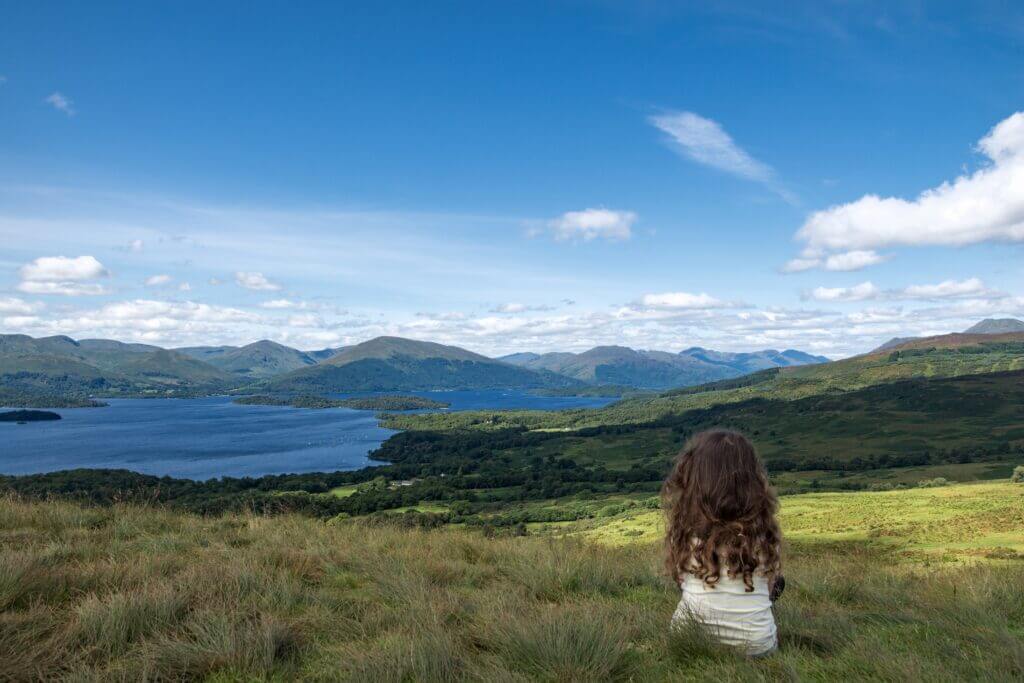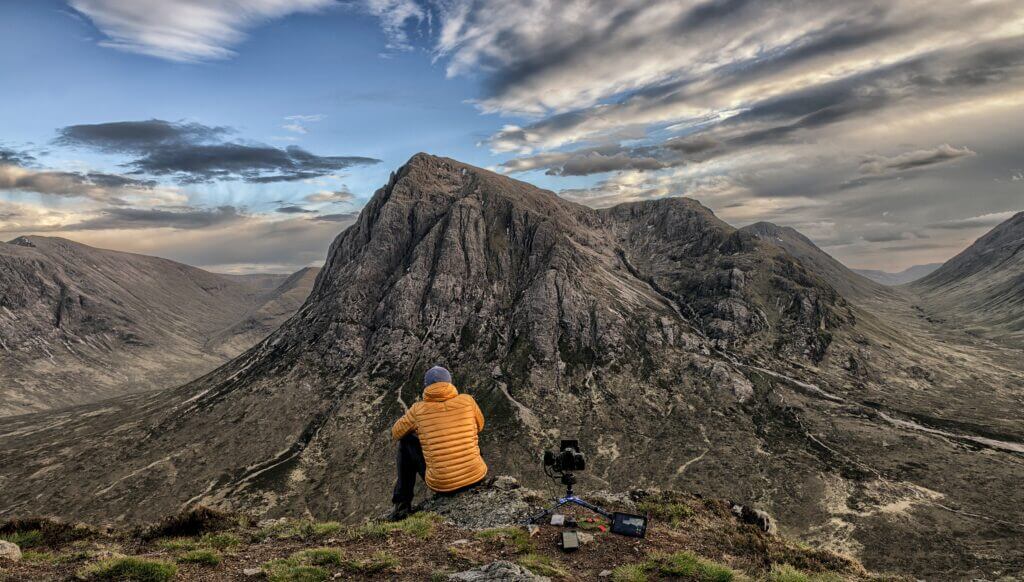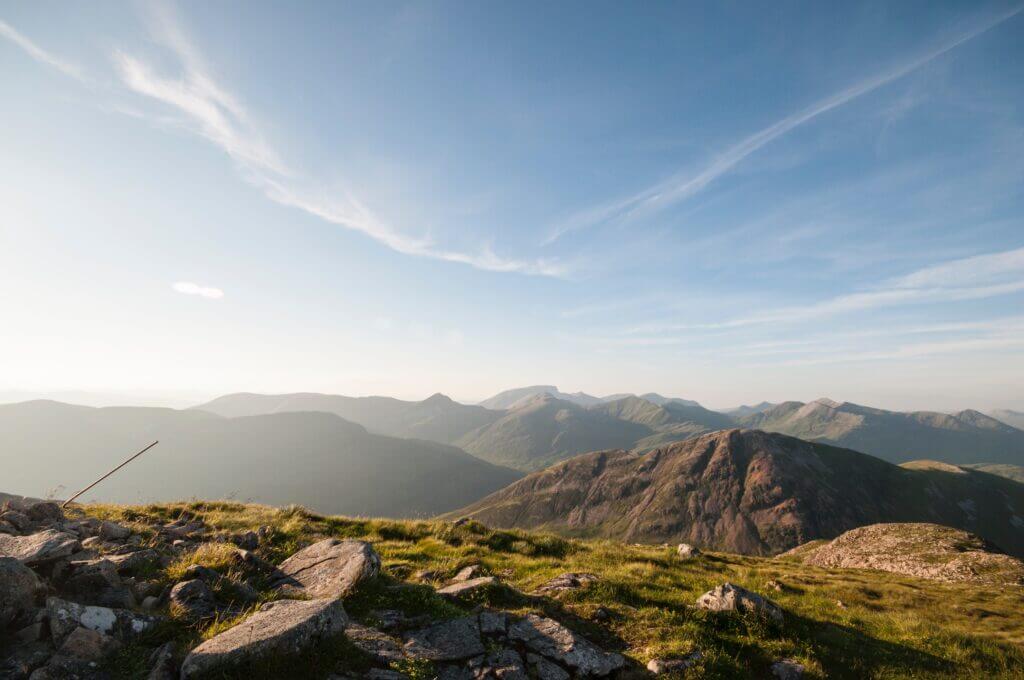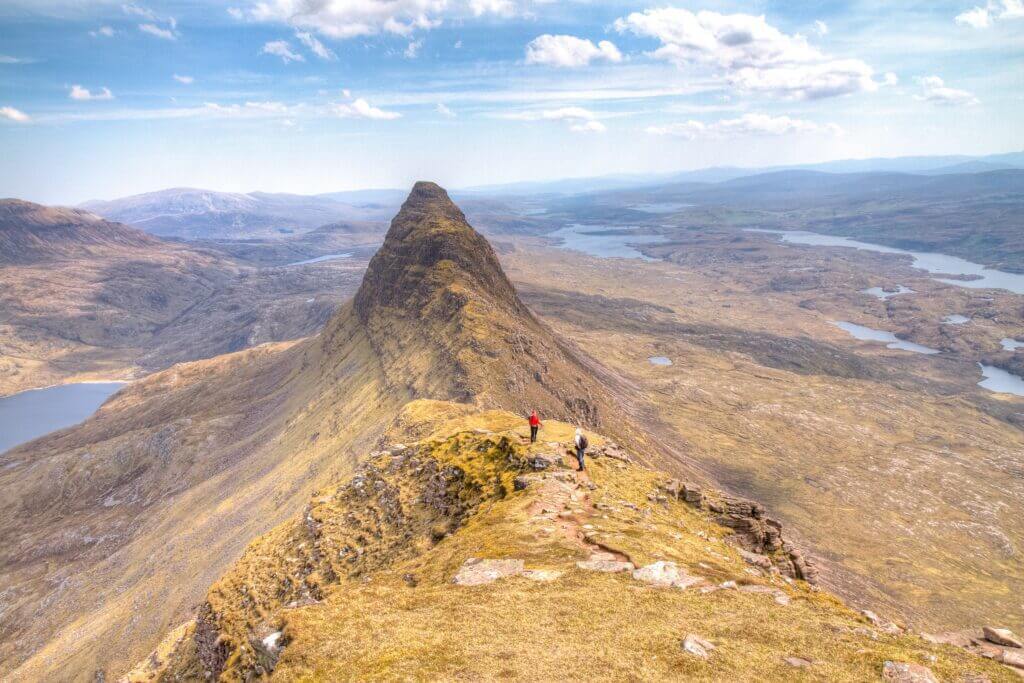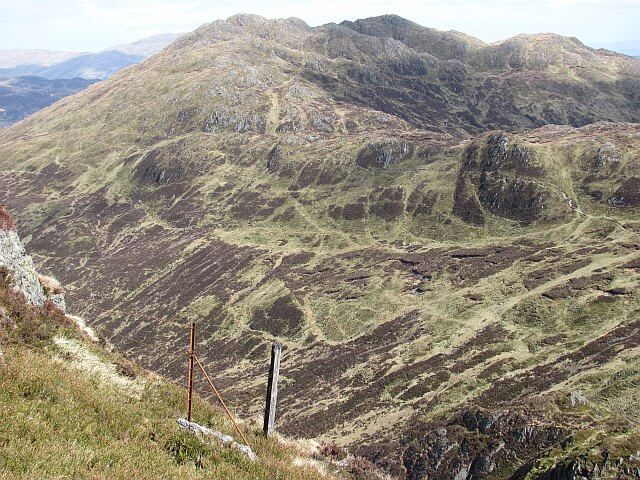Are you familiar with the experience of purchasing a piece of garment that’s slightly too tight, hoping it will loosen up over time? While this technique may work with some fabrics, it’s not a guaranteed solution for all. If you’re searching for summer clothing, such as flowy dresses or silky tops, you may be curious to know if viscose fabric has any stretch.
In reality, viscose fibres aren’t naturally stretchy. However, a knitted viscose or a blend that includes viscose may offer some stretch. As a semi-synthetic material derived from chemically processed tree pulp, viscose is a highly sought-after alternative to silk.
It is used in various garments, including skirts, blouses, and dresses. Despite its lack of inherent stretch, its soft and breathable nature makes it ideal for warm-weather clothing.
How Stretchy is Viscose?
Generally, fabrics made entirely of viscose will only stretch between 2% to 3%. However, there are exceptions to this rule.
The weave’s tightness affects the viscose fabric’s shrinkage rate; the more tightly woven the fabric, the less it shrinks. In general, woven fabrics have less stretchiness when compared to their knitted counterparts. Hence, selecting the right fabric for your needs is crucial.
If you desire to enhance the stretchiness of viscose, you should opt for a blend that includes a stretchy fabric. Some common viscose blends that offer more stretch than 100% viscose are;
- Viscose and Spandex
- Viscose and Elastane
- Viscose Lycra
Viscose vs. Polyester – Which One Stretches Further?
If you’re looking for stretchy fabric, you might be wondering which material is the best choice – viscose or polyester. While viscose has many fantastic qualities, stretchiness is not one of them, and it can only stretch a little, a far cry from the flexibility polyester offers.
Polyester, on the other hand, has impressive stretchability, making it an excellent option if the stretch is your top priority.
But hold on, don’t toss out your beloved viscose fabrics just yet!
You can still enjoy all the benefits and features of this soft, breathable material while adding stretchiness. How, you ask? By blending it with polyester! This perfect union will give you a comfortable, durable, and stretchy fabric that is versatile enough to use in various clothing items.
So if you’re looking for a stretchy fabric that’s also lightweight and breathable fabric, consider blending polyester with viscose. You’ll have the best of both worlds, creating a winning combination for your next sewing project.
Viscose vs Nylon – Which One Stretches Further?
Nylon has a greater degree of stretch than viscose when comparing the two.
When you blend viscose with nylon, the resulting fabric becomes stretchier and more flexible. Providing excellent mobility and range of motion makes it an excellent choice for activewear and dancewear, where ease of movement is crucial.
In addition to its stretchiness, the blend of viscose and nylon provides durability and longevity that’s hard to beat. The combination of nylon’s strength and resilience with breathable and soft viscose creates a comfortable and long-lasting fabric.
So, whether you want to create a form-fitting workout outfit or a comfortable and stretchy dress, consider blending viscose with nylon. The result is a versatile and functional fabric that can suit various needs.
Viscose vs Cotton – Which One Stretches Further?
When it comes to stretchiness, cotton and viscose, have different properties. While people generally consider cotton a flexible and stretchy fabric, viscose is known for being smooth and soft. How stretchy a cotton-viscose blend depends on the ratio of cotton to viscose and the fabric’s weaving technique.
The resulting fabric may be stretchy if manufacturers flexibly weave a cotton-viscose blend and use more cotton. A higher proportion of viscose in the blend or inflexible weaving may result in a less stretchy fabric. To determine the stretchiness of a cotton viscose fabric, it’s best to check the product specifications or contact the manufacturer for information.
Is Woven Viscose Stretchy?
The woven viscose is not a stretchy fabric. Creating viscose involves chemically processing plant fibres to produce a soft, smooth, and silky fabric. The weaving process usually does not stretch or twist the fibres, so the fabric usually lacks stretchiness.
Is Bamboo Viscose Stretchy?
Bamboo viscose is a versatile and eco-friendly fabric derived from the bamboo plant. However, it may not be the go-to option if you’re looking for stretchy fabric. While it’s not naturally stretchy, there are ways to add elasticity by blending it with stretchy materials or using manufacturing techniques.
Those seeking a soft and breathable option should still consider bamboo viscose a wonderful fabric. Its natural moisture-wicking properties and antibacterial qualities make it perfect for activewear or summer clothing. So, while it may not be the stretchiest of fabrics, it’s certainly one to consider for its other amazing features.
Is Polyester Viscose Stretchy?
Imagine the perfect blend of softness and stretchiness in a fabric. Look no further than polyester viscose! The combination of the silky-smooth viscose and the elastic, sturdy polyester results in a fabric that is not only comfortable but also stretchy. Feel free to move around in your polyester viscose blend clothes, as it has the perfect stretch and drape. Enjoy a free active lifestyle with ease.
Stretching Your Viscose: 9 Techniques to Try
Viscose fabric is a soft and lightweight fabric with a smooth and silky feel and drapes beautifully. Viscose is not a stretch fabric, unlike spandex and elastane, and it cannot return to its original shape after stretching.
That being said, there are some methods you can try to stretch viscose under certain circumstances.
Soak it Up: A Simple Technique
Yes, soaking the viscose fabric in water or a solution designed for stretching fabric can help to relax the fibres and make them more flexible. After soaking, you can carefully stretch the fabric in the desired direction, but it’s important not to force it. Smooth the fabric and lay it flat to dry to maintain its stretched form.
Wash The Fabric
Washing the fabric is a good idea to make it more flexible and easier to stretch. However, it’s important to note that viscose fabric is delicate and requires special care when washing to avoid damage or shrinkage. Here are some tips for washing viscose fabric:
- Use a gentle detergent: Viscose fabric is sensitive to harsh chemicals and can easily become damaged. So using a mild detergent specifically designed for delicate fabrics is important.
- Wash in cool water: Hot water can shrink or damage viscose fabric. Hence, it’s best to use cool water when washing.
- Avoid wringing or twisting: Viscose fabric is fragile when wet, so avoid wringing or twisting.
Heating Up
Avoid applying heat directly to the fabric for an extended period, as this could cause discolouration or burning. It’s best to use a pressing cloth or a towel to protect the fabric. Apply heat in short bursts, checking the fabric frequently to ensure it’s not being damaged.
Add a Stretchy Panel for Better Results
Adding a stretchy panel is a great solution to add more stretch to a garment made of non-stretchy fabric like viscose. This method can also create a unique design element for the garment. Skelling skills are important to execute this technique properly, or you should consult a professional tailor or seamstress. Carefully select the stretch panel to match the overall texture and weight of the garment for a seamless and comfortable fit.
Using A Fabric Stretcher
A fabric stretcher is a must-have for achieving a smooth finish on your fabric projects. It consists of two parallel bars and tension rods, making it easy to stretch fabric to the desired length without compromising quality. This method can safely stretch Viscose fabrics. Say goodbye to uneven fabrics and hello to perfectly stretched materials for your next project!
Stretching Fabric by Hand
Stretching viscose fabric by hand is another technique to achieve the perfect fit for your project. First, lay the fabric flat on a level surface and gently pull on the corners or edges to stretch it. It’s important to be cautious and not apply too much force or pull unevenly, as this could cause the fabric to tear or alter the shape of your item.
This method requires more patience and attention to detail, but it can be a great alternative to using a fabric stretcher for smaller projects. By handling it carefully, ensure that your fabric is stretched to the desired length without compromising its integrity. Give it a try and see the difference it can make in the final result of your project!
Wearing Your Viscose Clothing
Did you know that simply wearing and moving in your viscose garments can help stretch them out over time? Frequently wearing, stretching, and moving dresses or pants benefits from this.
As you wear your garment, the fibres in the fabric will begin to stretch and conform to your body shape. This method may take a bit longer to achieve the desired results, but it can be a great way to shape your garment to fit you perfectly naturally. Plus, stretching your viscose garments without additional equipment or effort is convenient and effortless.
Ironing Can Transform Your Fabrics
Ironing can be a great way to stretch your fabric and achieve a smooth and wrinkle-free finish. However, it’s important to be cautious and use the right technique to avoid damaging your fabric.
Start by misting the fabric with water to help it stretch more easily. Then, set your iron to the lowest temperature setting and consult the fabric’s label or care instructions to ensure the heat won’t cause any damage.
Place the iron on the fabric and gently stretch it in the direction you want to increase its size. Use even gentle pressure, being careful not to pull too hard, as this could cause the fabric to tear or lose shape. With careful handling and the right technique, ironing can be a great way to stretch your fabric and achieve a polished look.
Tumble Dry Viscose Fabric
Tumble drying can be a great technique if you’re looking to soften and mold your viscose fabric. Simply place the fabric in your dryer and run it for an extended period. Once done, the fabric should be soft and pliable again, making stretching to your desired size easier.
It’s important to note that not all viscose fabrics are safe for tumble drying. Consult the care label first and check your fabric’s appropriate temperature. With the right settings and careful handling, tumble drying can be a convenient and effective way to stretch your viscose fabric and achieve the perfect fit for your project.
Wrapping Up: Final Thoughts on Viscose Stretchability
People usually don’t associate Viscose fabric with its stretchiness because it naturally doesn’t have this trait. However, it is possible to add stretch to viscose by blending it with other stretchy fabrics like spandex.
If your viscose garment does shrink, it may not be easy to stretch it back to its original size.
While the stretching methods mentioned above can help, there’s no guarantee they will produce the desired results. If you find yourself with a shrunken viscose blouse, shirt, or dress, replacing it with a new one may be best. By being mindful of your fabric care and selection, you can help extend the life of your garments and enjoy them for years to come.








